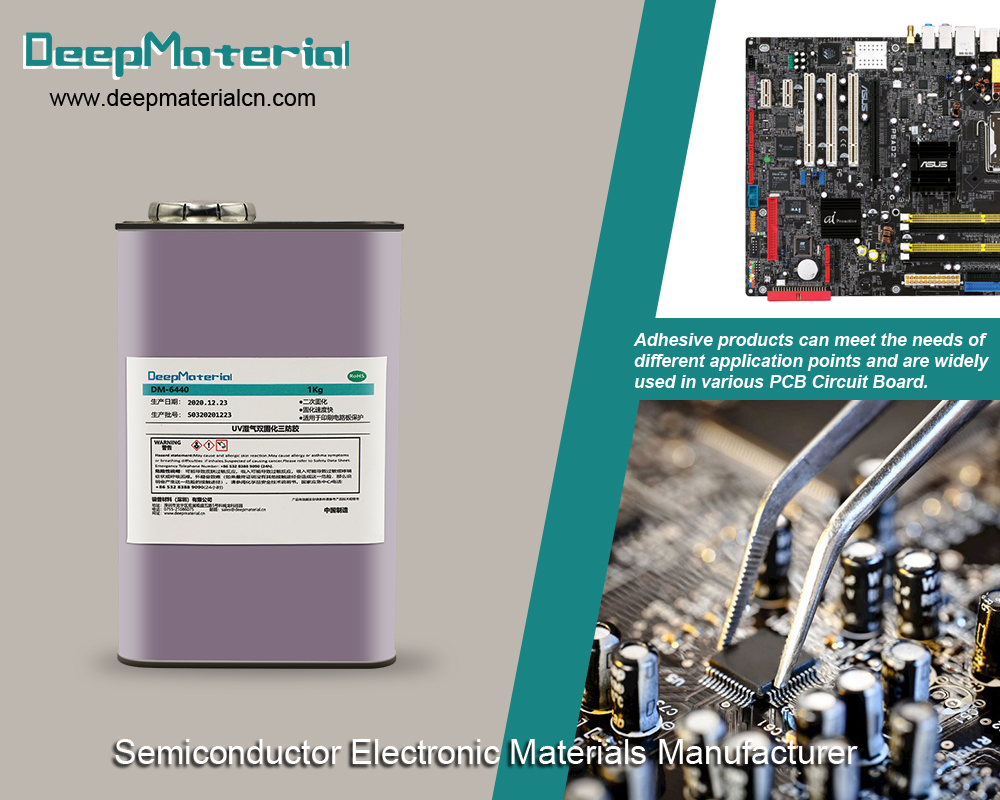Why Do You Want To Use SMT Red Glue And Yellow Glue?
SMT Red Glue and Yellow Glue are two of the most popular adhesives for electronic circuit boards. They're a high-performance, low-cost solution for high-volume production runs. What are some reasons to use SMT red glue or yellow glue? Read on to find out!

Why do you want to use SMT red glue and yellow glue?
When it comes to soldering, there are a few different options for adhesives. But why would you want to use SMT red glue and yellow glue? Here are a few reasons:
1. SMT red glue and yellow glue have high heat resistance. This means they can withstand the high temperatures typically used during the soldering process.
2. SMT red glue and yellow glue also have a strong bond. This ensures that your solder joints will be securely held in place.
3. SMT red glue and yellow glue are also non-conductive. This means they will not interfere with the electrical current flowing through your solder joints.
4. SMT red glue and yellow glue are also easy to apply. This makes them ideal for use when you need quick repairs or adjustments to your circuitry.
5. Finally, SMT red glue and yellow glue are relatively inexpensive. This makes them an excellent option for those looking for a cost-effective way to improve their soldering skills.
If you want a high-quality adhesive that can withstand the high temperatures associated with soldering, then SMT red glue and yellow glue are two great options.
For which surface is it better?
Different adhesives are better suited for other surfaces. SMT red and yellow glue are two general-purpose adhesives that can be used on various characters, but they each have their strengths and weaknesses.
SMT red glue is best suited for smooth surfaces like glass or metal. It has a strong initial bond and dries quickly, making it ideal for applications that need a quick fix. However, it is more flexible than other adhesives and can be difficult to remove once it dries.
Yellow glue, on the other hand, is better suited for porous surfaces like wood or paper. It takes longer to dry than red glue, but its flexibility makes it ideal for applications that need a little give. Yellow glue is also easier to remove than red glue, making it a good choice for projects that may need to be undone later.
In general, it is best to match the adhesive to the surface it will be used on. For smooth surfaces, SMT red glue is a good choice. For porous surfaces, yellow glue is a better option.
What are the differences between SMT red glue and yellow glue?
Regarding SMT red glue and yellow glue, there are some key differences that you should be aware of. For starters, red glue is typically used for bonding surfaces subject to high temperatures. Yellow glue, on the other hand, is best suited for bonding lower-temperature surfaces.
Another difference between these two types of glues is the way they cure. Red adhesives typically cure via UV, while yellow bonds require a chemical reaction to heal correctly. You'll need to take different precautions when using each glue type- follow the manufacturer's instructions carefully.
Finally, it's worth noting that red glues tend to be more expensive than yellow glues. This is because they offer better heat resistance and durability performance. If you're working on a budget, yellow glue may be the better option - but if you're looking for the best possible results, red glue is worth the investment.
How to choose the right one for your project
Regarding surface-mount technology (SMT) adhesives, two main types of glue are typically used: red and yellow. So, how do you know which one is right for your project? Here are a few things to consider:
❖ The type of SMT components being used: Some adhesives work better with specific components than others. For example, yellow glue is often used for smaller pieces, while red glue is better suited for larger ones.
❖ The size of the PCB: The printed circuit board (PCB) can also be a factor in choosing the suitable adhesive. For example, yellow glue may be the better option for working with a tiny PCB since it's less likely to cause warping.
❖ The operating temperature: Depending on the operating temperature of your device, you'll want to choose an adhesive that can withstand those temperatures. Red glues are typically more heat resistant than yellow glues.
❖ Your budget: Ultimately, your budget will also be a factor in deciding which type of SMT adhesive to use. Yellow glues are less expensive than red glues, so if cost is a concern, they are the better option.
❖ The cure time: The cure time is the amount of time it takes for the adhesive to dry and harden. This can be important depending on the application. For example, yellow glue may be a better option if you need the adhesive to cure quickly since it typically has a shorter cure time than red glue.
❖ The shelf life: The shelf life is the amount of time the adhesive can be stored before it expires. This is important to consider if you're working on a long-term project or need to keep the adhesive for future use. Red glues typically have a longer shelf life than yellow glues.

For more about why do you want to use smt red glue and yellow glue,you can pay a visit to DeepMaterial at https://www.epoxyadhesiveglue.com/category/smt-epoxy-adhesives/ for more info.
 English
English








